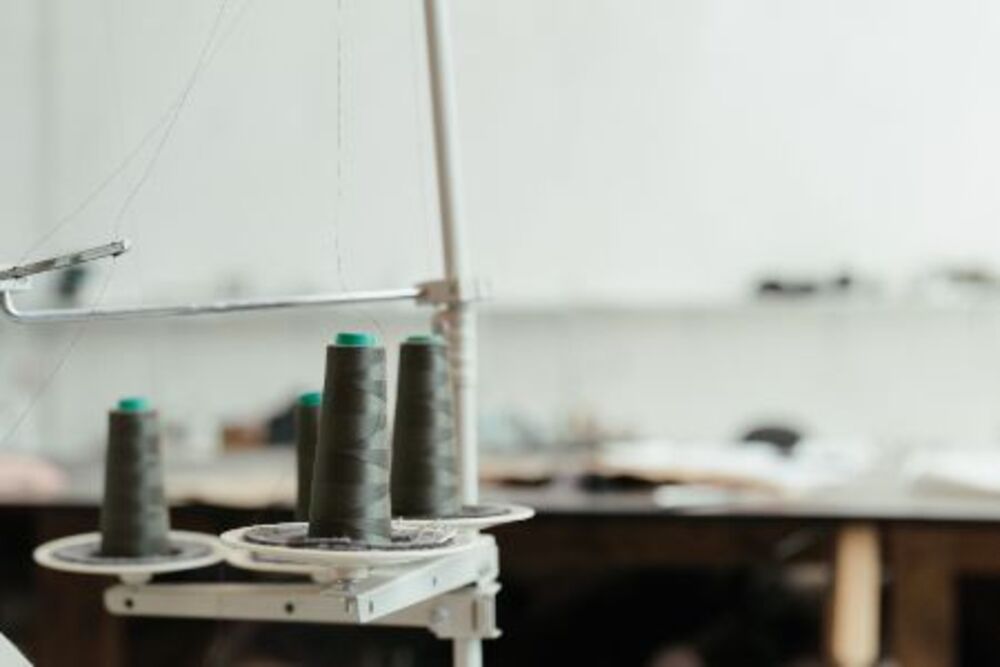The best embroidery machine for beginners can be your go-to tools when it comes to upcycling old clothing or creating home decor items – they make quick work out of anything from home improvements and crafts projects, to clothing alterations and crafting home goods from fabric of any fabric and pattern and color of choice.
A sewing machine mechanism consists of gears, cams and cranks powered by an electric motor. There are numerous different feed mechanisms.
Sewing
Sewing machines make sewing much more than the basic task of connecting one thread to another; they allow you to quickly create intricate fabric designs on fabrics without going through tedious manual sewing processes or having clothes sewn by hand.
Sewing machines typically utilize a power switch and foot pedal to operate, with depressing the latter increasing stitch speed by depressing it further. While some models utilize clutch motors, others utilize servomotors which respond directly to an operator’s control signals.
On most machines, there’s a small metal or plastic pin attached to a vertical wheel called a “bobbin pin.” You can drop in your bobbin and start sewing right away, or wind it on an external device beforehand.
Most machines feature a feed dog, or metal teeth with prongs, that help move fabric from front to back. Some machines allow users to “drop” these feed dogs for specific tasks like sewing buttons or free-motion quilting.
Stitching
Before sewing machines became widely available, middle-class housewives spent several days per month sewing clothes for themselves and their children using manual stitching machines. This task required significant skill as it required them to spend several days hand stitching the clothing by hand.
Today’s sewing machines enable quick and accurate sewing of seams quickly and accurately, making it an invaluable tool for those needing to repair or alter clothing or upholstery quickly and accurately. Furthermore, sewing machines also enable decorative stitching options, including couching decorative ribbons or making embroidery stitches.
Certain special stitching machines exist, including flat seam machines which bind fabric edges together into flat seams for sewing purposes, often combined with sergers. Bar tack sewing machines create high-density stitches which help hold clothing together at stress points such as belt loops and pockets; these portable and program-controlled machines offer high density stitches with program control capability. Sewing machines also come equipped with various feeding mechanisms ranging from drop feed to puller feed options that facilitate stitching projects.
Quilting
Quilting is the process of stitching designs onto fabric to form quilts, usually by machine but sometimes done by hand as well. Quilting machines come in different varieties: some computer-guided; some allow users to select patterns on screens before beginning sewing; and there are longarm machines with large frames which support quilts for quilting purposes.
Quilters often rely on templates to mark their designs. These plastic stencils come in all shapes and sizes to easily mark a design. Furthermore, they can help line up repetitive patterns.
Many quilters swear their hobby helps them unwind. Recent studies have confirmed this claim. Sewing can actually regulate stress hormones while simultaneously building confidence and self-esteem – thus explaining why more and more people are turning to quilting as a pastime.
Repairing
Sewing machines make life simpler by helping users repair clothes so they look as good as new, saving both money and time on purchasing new items. Sewing machines also help hem new items or patch small holes in existing garments.
The machine comprises of a cylindrical frame containing needles, bobbins, thread designs and stitches, which are all driven by clutch motors or servomotors depending on its type. Clutch motors provide continuous power; power to the needle can be transmitted via depressing the foot pedal or an operation control button.
Most sewing machines feature a lever or button to reverse the direction of stitching, while stitch length adjustment dials may allow users to select different sizes of stitches. Thread cutters are either built into the machine itself or may be separate devices used as needed; most sewing machines also require you to pin fabric together before stitching, with its “right” side up (as is evident with printed fabrics; solid fabrics often do not). Straight pins may be left in, although it is safer removing them before stitching begins in case they damage your machine.

